Every year, in spring and late summer, my wife and I drive out west to Burnside Farms, a pick-your-own flower farm in Nokesville, Virginia, in Prince William County. Spring is tulips, summer is sunflowers.
Those visits make for lovely, relaxing, refreshing evenings, and I’ll be writing specifically about the flower farm soon. But this post is about the development situation in this part of Prince William County.
Here’s the map showing D.C., our home of Reston, and Nokesville:
In a region with reasonable housing costs and land use, Nokesville would be rural/countryside. It’s about 50 miles from the urban core, and while it’s close to Manassas, a historic town and large suburban area, there isn’t any particular reason for Nokesville or its immediate surroundings to be a growing population center. But check out some of what I pass as I get close to the flower farm.
A huge, very modern high school built in 2011, right near the farm:
A large strip plaza built in 2003 right on the way (some old property listings for the plaza identify the “median year built” in the surrounding three-mile radius as 2004, meaning a good deal, possibly most, of what’s around here is from roughly the last 20 years.)
This intersection (Walgreens from early 2010s, houses older):
And a couple of other similar intersections. Wide roads, lots of sidewalks going nowhere in particular, lots of townhouses with no urban fabric to interface with, and lots of sprawling single-family development. You can just about observe the fields turning into tract houses in real time.
And right across the road from Burnside Farms, there’s a sign advertising new homes.
This is right at the border of a part of Prince William County known as the Rural Crescent, an area set aside for preservation but pressured by exurban sprawl. There are a lot of people against development here, and at least two groups opposed to development in the rural Crescent—of the two I came across, one has a Smart Growth vibe, while the other has a little more of a standard NIMBY vibe (although I guess I’m a NIMBY too when it comes to exurban sprawl!)
There’s a lot to explore at those two links just above. Arguments against development in places that are already heavily built up are different from arguments against development in far-flung places like the Rural Crescent, even if the arguments themselves are the same.
The point I keep coming back to here is that yes, it’s a good thing to keep sprawl at bay and to have a transition at some point—not 50 miles from the core—from urbanized to rural. The issue is that it’s not enough to say “not here,” because that’s what everyone says. And when everyone says that, growth follows the path of least resistance—which is further and further out, where there are fewer people to oppose it, and less existing zoning and development to work around.
The necessary corollary to “keep Prince William County rural” is “upzone the heck out of Arlington County.” One of the complications is that some not-insignificant number of people who live in these rural-exurban areas out on the edge of the metro area moved there exactly because they didn’t like the increasing density and traffic of places closer to the city. So they’re not necessarily interested in accommodating inevitable growth as much as in keeping their slice of the metro area the way it happened to be when they moved there. And they often view Smart Growth language—dense, clustered development to help preserve open space, for example—as city thinking getting too far into the country.
We have to look at all of this differently if we want to have real cities and real country. A visit last fall to a huge tree nursery out in central Virginia gave me some insight on this. (Here’s one tiny corner of the nursery—baby Christmas trees!)
I wrote:
Obviously, a lot of people like having a little piece of private land. Yet many of the same people dislike the ever-growing penumbra of sprawl in the region. And pretty much all growing metros see the same pattern. Does that screenshot look like the best use of the land shown?
I’d like raise an alternative arrangement: if you live in the D.C. area or a region like it, would you trade some private, small green space, and maybe even a little bit of privacy, for more coherent, functioning open space and countryside closer to the population center? For more access to nature? If you’ve lived in both a country and an urban setting, how did that change your thinking about any or all of this?
Think about that, leave a comment.
And coming soon, the flower farm!
Related Reading:
Development and Open Space in Madison, NJ
Thanks for reading! Please consider upgrading to a paid subscription to help support this newsletter. You’ll get a weekend subscribers-only post, plus full access to the archive of over 300 posts and growing—more than one full year! And you’ll help ensure more material like this!

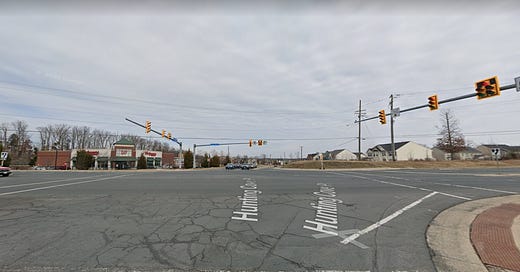


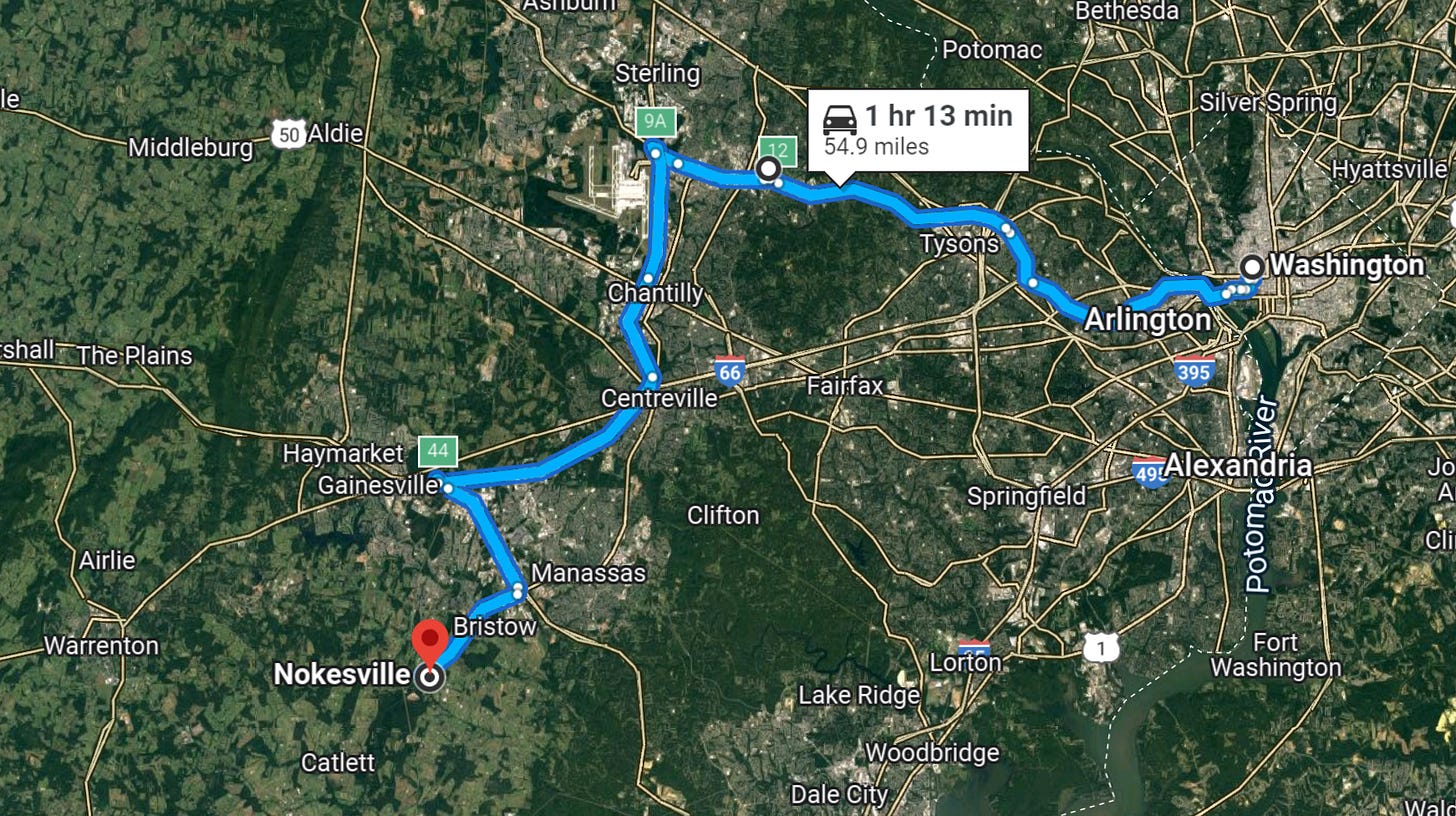
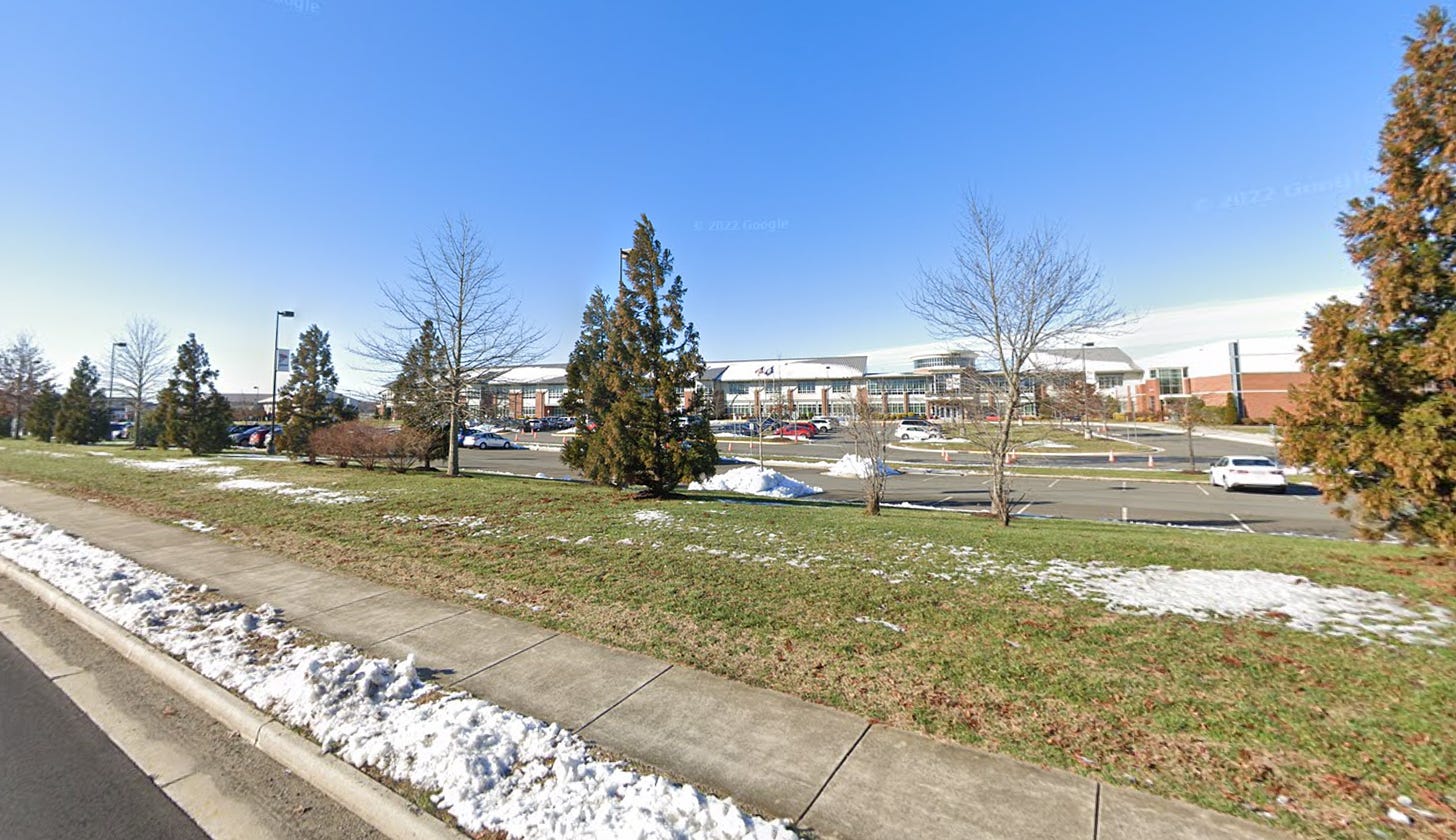
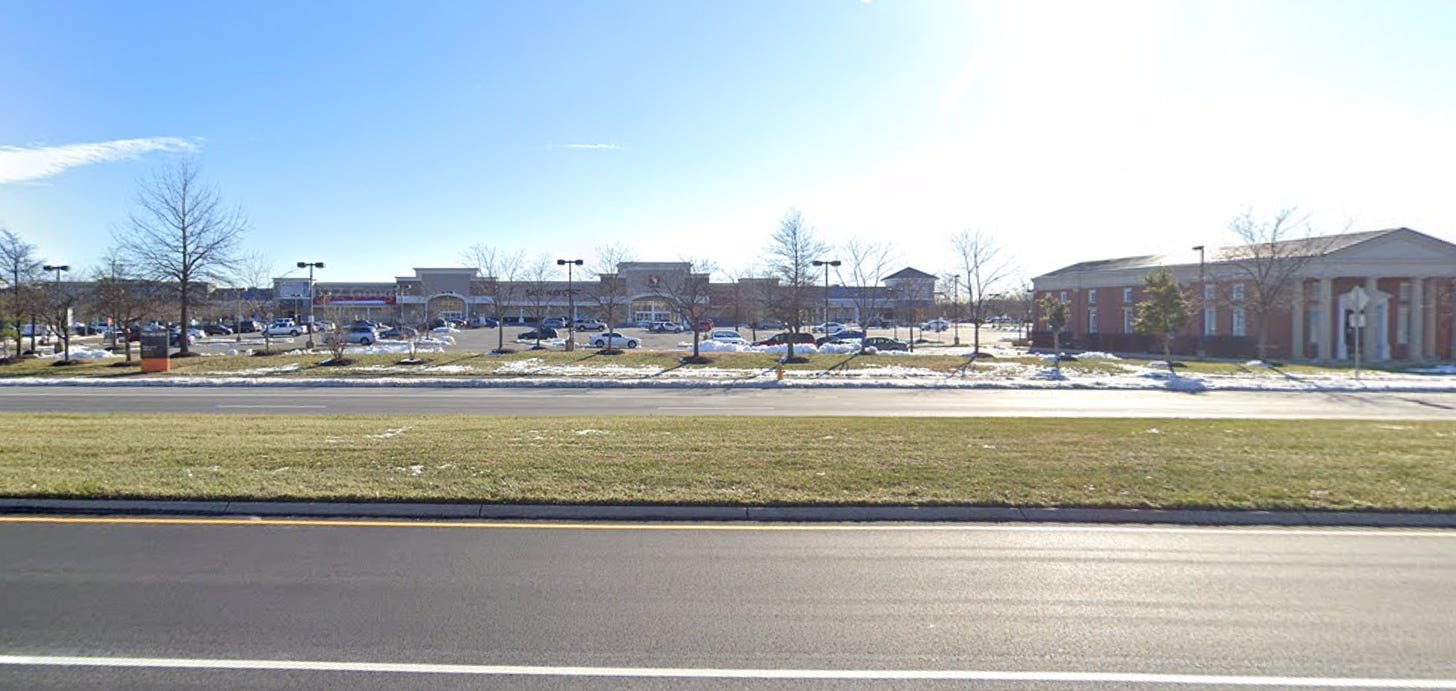

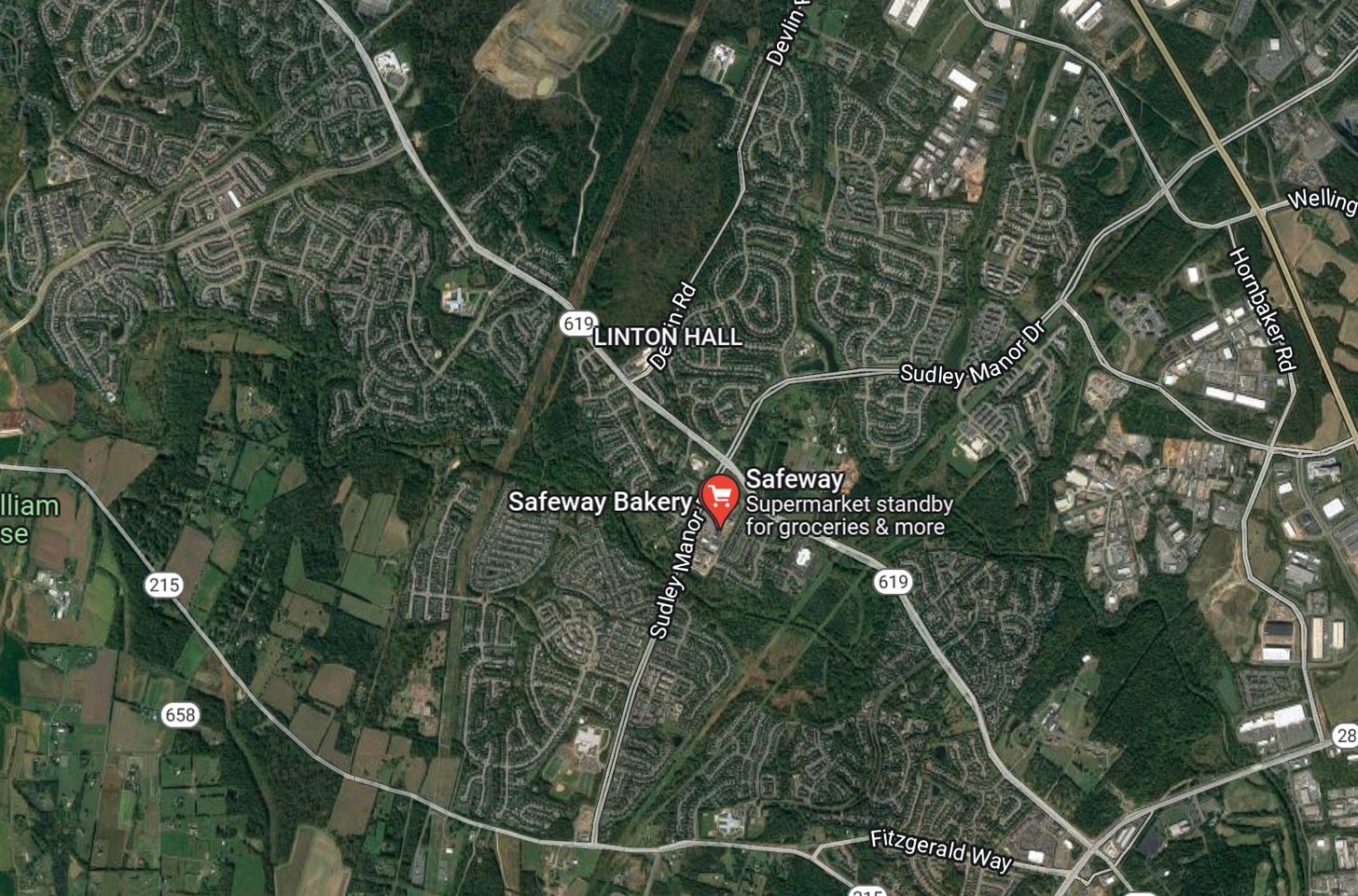

When I was talking about this concept to a friend of mine, she pointed out that a big part of the allure of the small private green space (i.e. sizable back yard) as opposed to the larger common green space is that sending kids out to play in the back yard doesn't require mom to load up the car and take *everybody* in the family to the park. If you have a baby that needs to nap and a toddler who wants to play and other kids to consider as well, it's hard to get them all to the public green space. But with a yard, the ones who want to be outdoors can be outdoors and the ones who need to be indoors can be indoors all at once.
A big part of the problem is that planning decisions aren't made with the big picture in mind. It's true that if we don't densify Arlington, we're going to sprawl into Prince William, and that this will make Prince William residents unhappy. But they don't really go to Arlington and complain (and would be written off as outsiders if they did). A more regional approach to planning would help a lot.